GB/T 28164-202X and IEC 62133-2 Standard Analysis and North-South Testing Institute for GB 9706.1-2020 Battery Approval
With the rapid development of mobile devices, electric vehicles and energy storage systems, battery safety and performance standards have attracted more and more attention from the industry. As an important battery safety standard in China and internationally, GB/T 28164-202X and IEC 62133-2 play a core role in the field of battery design, testing and certification. Recently, the requirements for battery recognition in GB 9706.1-2020 widely forwarded by the circle of friends have triggered heated discussions within the industry, especially in combination with different implementation standards of major testing institutions in the north and south, it shows obvious differences between the north and south "camps. This article will focus on the analysis of the core content of GB/T 28164-202X and IEC 62133-2 standards, and combine with the latest requirements of GB 9706.1-2020 to discuss the different views of the North-South Testing Institute on battery recognition and the reasons behind it.
I. INTRODUCTION to GB/T 28164-202X and IEC 62133-2 standards
GB/T 28164-202X is the latest technical standard for battery safety released in China, mainly aiming at the safety performance specifications of lithium ion batteries, covering battery design, material selection, manufacturing process and safety testing methods of final products. This standard refers to international standards in terms of structure and content, and makes localization adjustment according to the actual situation in China, aiming at improving the safety level of domestic batteries and ensuring the safety of consumers.
IEC 62133-2, as the battery safety standard issued by the International Electrotechnical Commission, mainly aims at the safety requirements and testing methods of lithium ion and Ni-MH batteries. This standard is widely recognized worldwide and is an important basis for battery export and international certification. IEC 62133-2 Emphasis battery the electrical, mechanical and environmental safety performance testing ensures the stability of the battery under various extreme conditions.
Although their emphasis is different, they are highly consistent in terms of safety performance test methods, overcharge and overdischarge protection, short circuit test, temperature tolerance and other aspects, providing scientific and systematic guarantee for battery safety.
II. Disputes arising from GB 9706.1-2020 battery approval requirements
GB 9706.1-2020 is an important part of China's Medical electrical equipment standards, involving battery safety requirements in medical equipment. Recently, the discussion on the battery recognition method in this standard in the circle of friends is extremely heated, and different testing institutions have different explanations and implementation standards, especially on the issue of whether it must fully comply with GB/T 28164-202X or IEC 62133-2 standard, there are differences between the north and the South.
-
North inspection agency view
some testing institutions in the north tend to strictly implement GB/T 28164-202X standards, emphasizing the authority and applicability of localization standards. They believe that for the domestic market and manufacturing process, GB/T 28164-202X is more practical and can more accurately reflect the product safety performance. At the same time, it supports strict requirements on battery safety in medical equipment to ensure that it meets the latest national technical specifications. -
View of Southern Inspection Agency
some testing institutions in the South are more inclined to recognize the international universality of IEC 62133-2 standard, and advocate taking international standards as the guide to facilitate product export and global certification. They believe that IEC 62133-2 standard is mature and widely accepted all over the world. Adopting this standard will help to enhance the international competitiveness of products. At the same time, it has a wider coverage of battery safety and more perfect testing methods.
-
standard system differences
GB/T 28164-202X, as a domestic standard, contains some special requirements for domestic materials and processes, while IEC 62133-2 pays more attention to international applicability and general testing methods. Different standards have different emphasis, resulting in differences in execution details. -
Market positioning and export demand
northern inspection agencies mostly serve the domestic market, military industry, medical treatment and other special fields, emphasizing the rigor and localization of standards; While southern inspection agencies are facing more export enterprises and pay attention to the international integration of standards, it is convenient for products to enter the global market. -
Testing equipment and technical capabilities
there are differences in equipment input and technology accumulation of testing institutes in different regions. Some Southern testing institutes have more perfect international standard testing facilities, which promotes the priority adoption of IEC standards.
IV. Necessity and suggestions of unified standard implementation
battery safety is related to the safety of users' lives and property, and the unification and transparency of standard implementation are crucial. It is suggested to promote the coordination of the North-South Inspection Institute from the following aspects:
-
standard dockingAnd integration
promote the deep docking between GB/T 28164-202X and IEC 62133-2, clarify the similarities and differences between the two, formulate unified testing procedures and recognition standards, and reduce confusion in the certification process of enterprises. -
Strengthen communication and cooperation between testing institutes
establish a regular exchange mechanism between North and South testing agencies, share technical experience and testing cases, and promote the consistency of standard understanding and implementation.
 Dongguan Juneng New Energy Technology Co., Ltd.
Dongguan Juneng New Energy Technology Co., Ltd.
 137 5142 6524(Miss Gao)
137 5142 6524(Miss Gao)
 susiegao@power-ing.com
susiegao@power-ing.com
 Xinghuiyuan High tech Industrial Park, Dalang Town, Dongguan City, Guangdong Province
Xinghuiyuan High tech Industrial Park, Dalang Town, Dongguan City, Guangdong Province


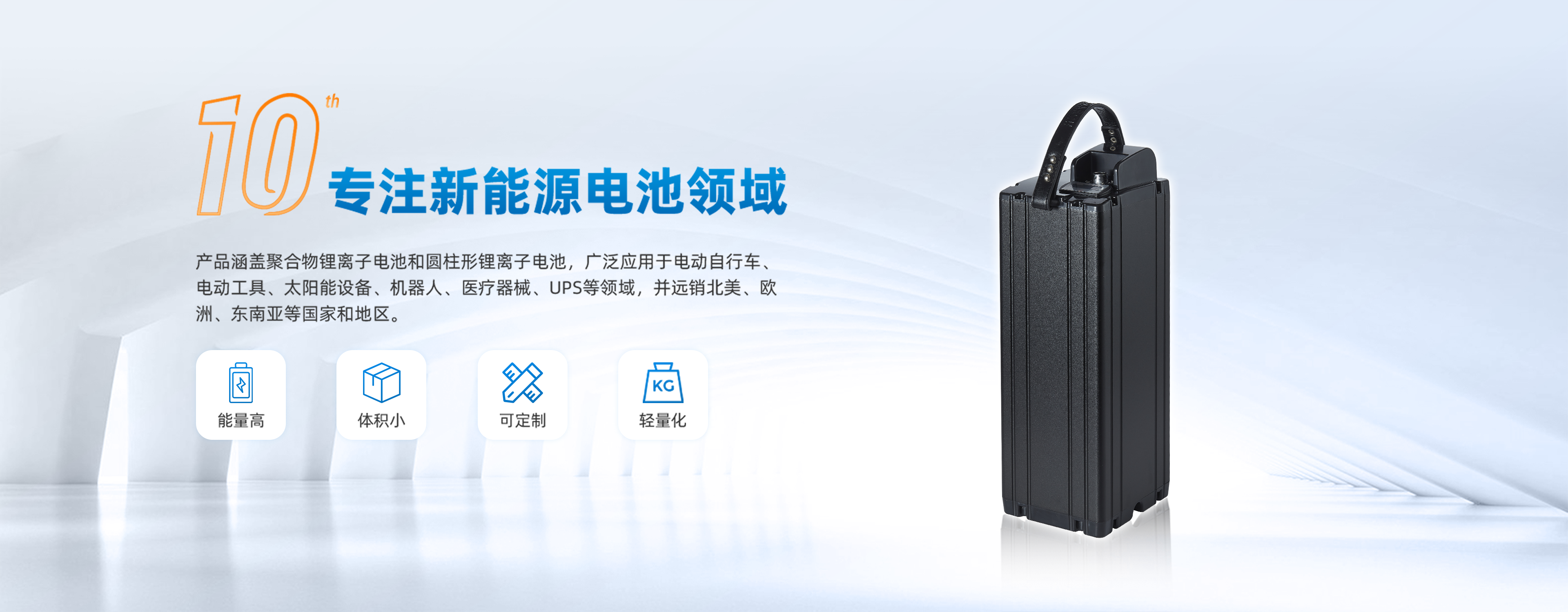
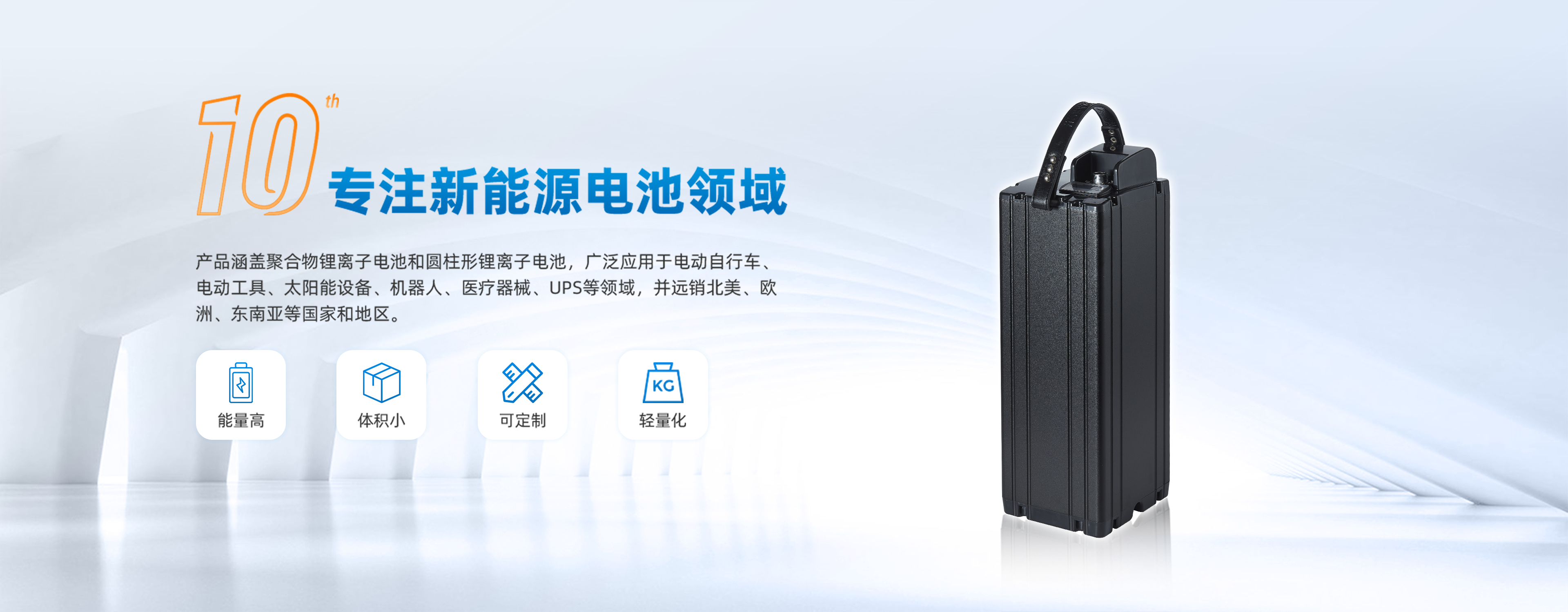
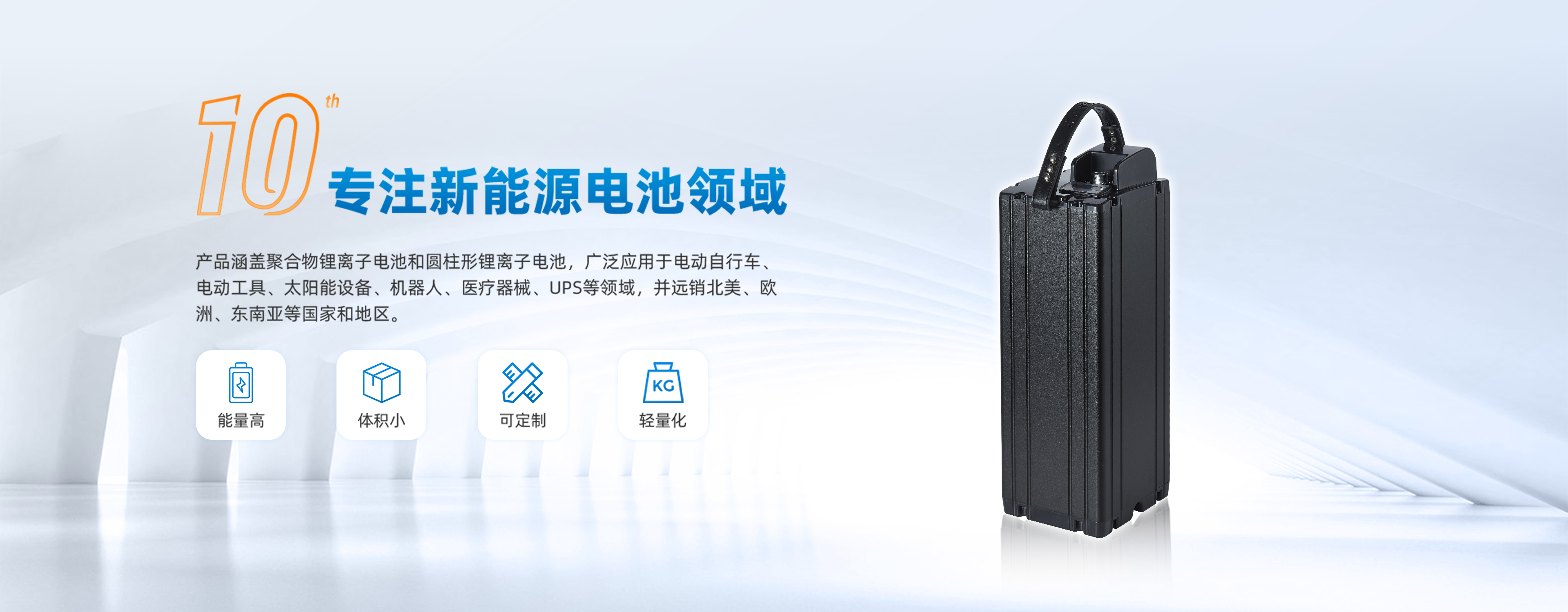


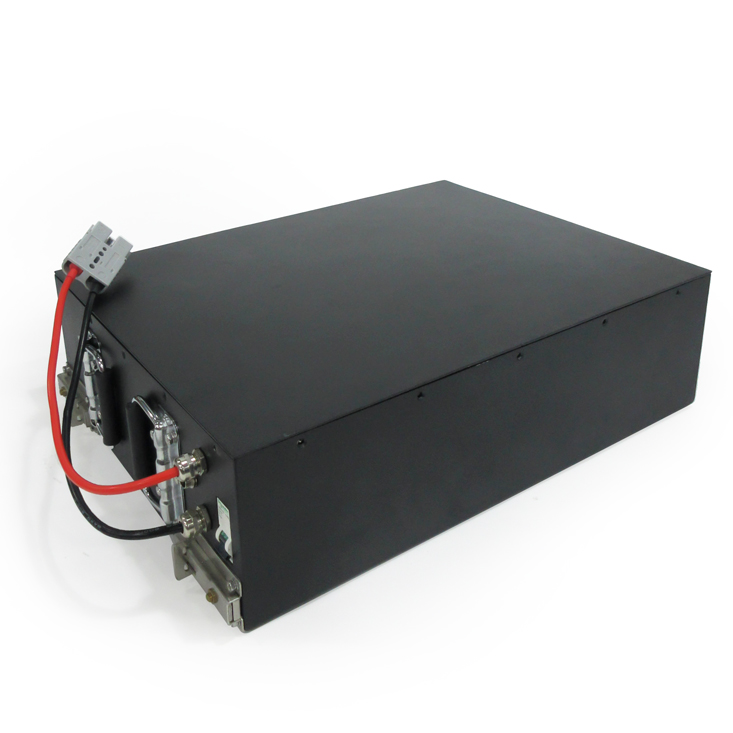
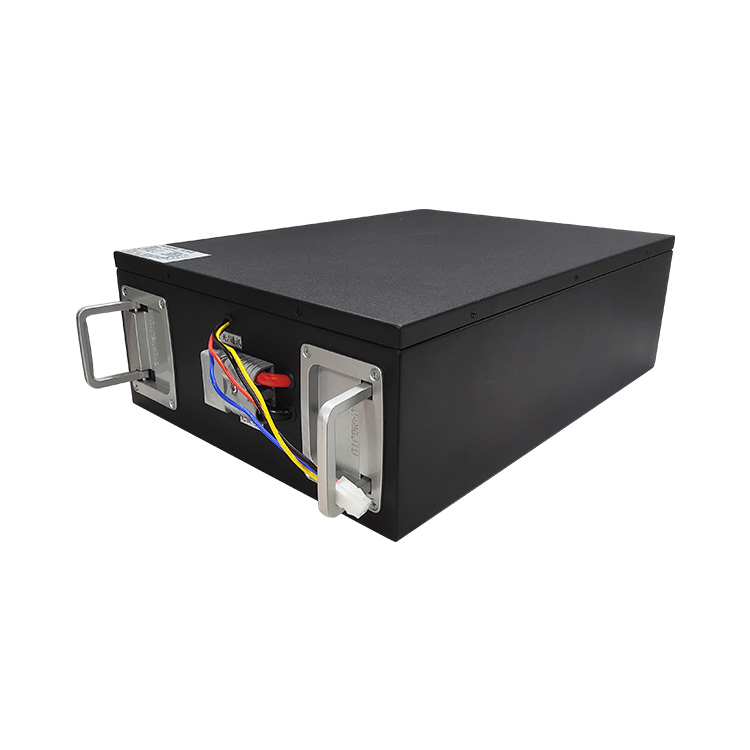
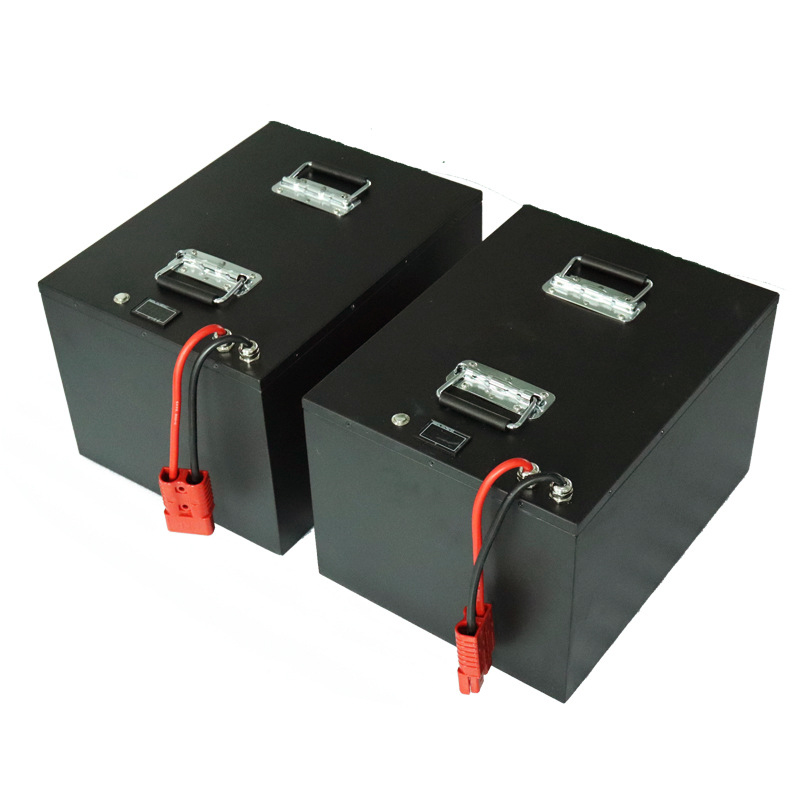

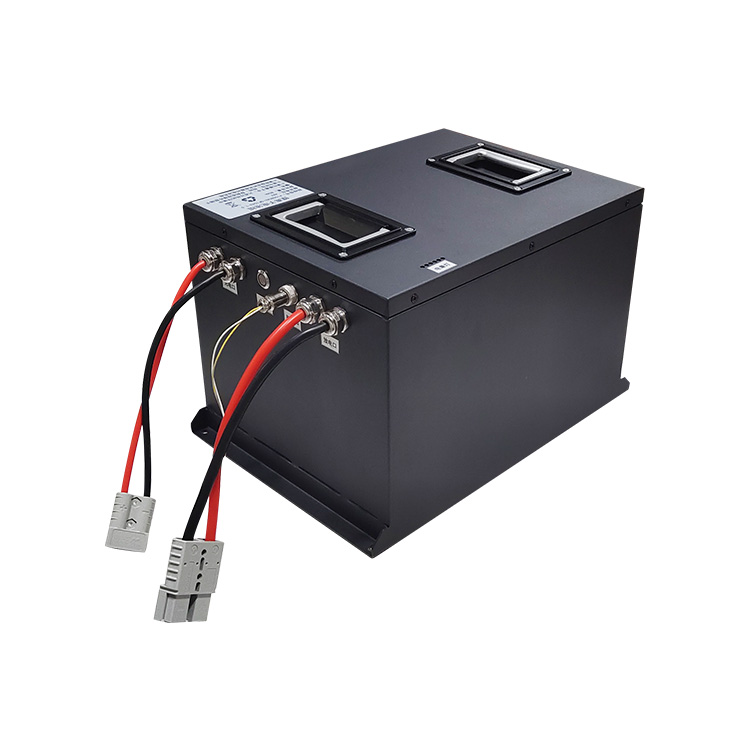

 Yue Gong Wang An Bei No. 4419002007491
Yue Gong Wang An Bei No. 4419002007491